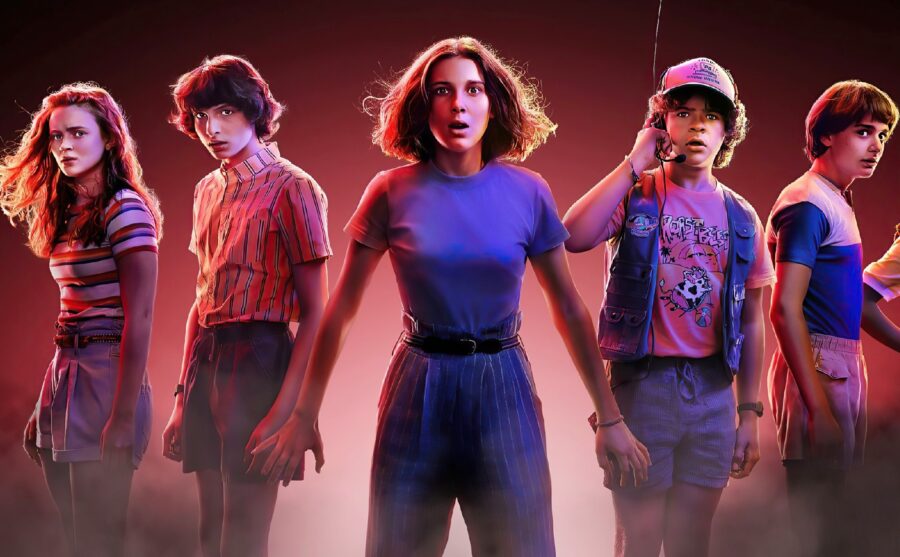Netflix Abandoning Binge Release Model For Shows Is The Right Move

In the rise of the streaming era, Netflix was the dominant platform and became synonymous with a new way people viewed TV shows: binge-watching. The streaming platform released full seasons at once instead of one episode at a time to facilitate this new way of watching. However, as other streaming platforms have abandoned that release model, I believe it’s time for Netflix to do the same.
Binge Releases Are Outdated

The reasoning behind the Netflix binge model made sense in the late 2000s when the platform was still new. At the time, streaming was being presented in opposition to the traditional TV model of appointment viewing. By offering on-demand TV, people could watch it at any time, offering a degree of freedom and flexibility previously unheard of.
Other Services Proved Episodic Releases Work

The Netflix binge model was a natural result of those values, giving audiences big batches of episodes to watch whenever they wanted. Compared to the strictly scheduled traditional TV, I thought this release method was great, and like many others, I became an avid binge-watcher. I assumed this release method would be the new normal as streaming supplanted network TV.
However, as new platforms have emerged in recent years to compete with Netflix, the binge model is under fire, and I firmly believe in the scheduled release side of the debate. Disney+ is what changed my mind with the weekly release of shows like The Mandalorian and WandaVision. Suddenly, the benefits of an episodic release schedule became obvious, and I’m shocked that it hasn’t become the norm.
Netflix Struggles To Maintain Buzz

One of the main advantages of an episodic release schedule is that it maintains buzz for longer than the Netflix binge model. When a full season is released, social media and real-life chatter will focus on it for about a week before moving on, while an episodic release spreads that discussion out, making it harder to miss.
When someone recommends a new show, if it’s ongoing, I can try to catch up, whereas something that’s already fully released comes with the feeling that it’s already passed me by.
Audiences Go At Their Own Pace

There’s also an artistic advantage for episodic releases, and it makes for better pacing. By giving audiences control over when they watch episodes, the Netflix binge model puts the audience in control of episode-to-episode pacing. This defangs cliffhangers and takes momentum away from the big moments that typically come at the end of episodes.
Recent Releases Would Have Benefited

While Netflix may have popularized the binge release, it’s time for the streaming giant to abandon that type of release. There are big shows on the platform, like Stranger Things and the adaptation of One Piece, but they don’t generate long-term excitement, making them easy to miss. Shows like X-Men ‘97 have found a way to recreate watercooler excitement without sacrificing the freedom on-demand streaming allows for.
Netflix Needs To Adapt

The binge-watching model is as much a relic of the past as the appointment-viewing it replaced, and companies need to recognize that.
I want the excitement of week-to-week releases, where I can mull a big final scene over all week with friends, and I’m not alone in that sentiment. With so much competition in the streaming space, Netflix needs to adapt or risk its biggest shows being overlooked because of an outdated release method.











